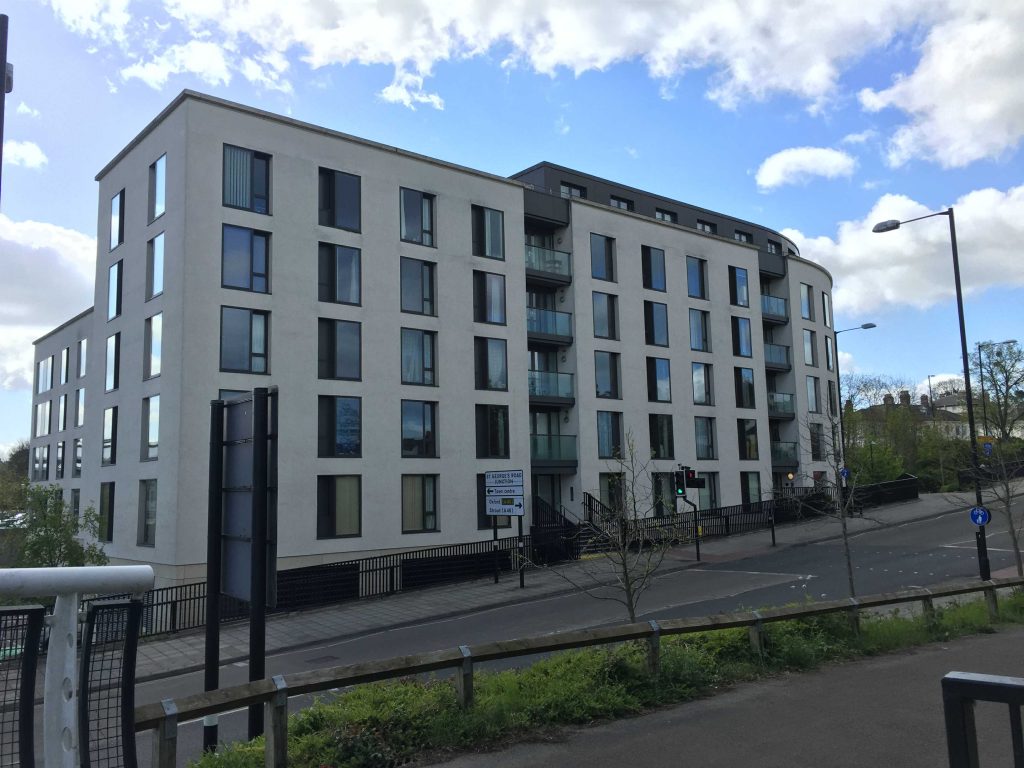There are changes to the Conservation of Fuel and Power Approved Document, also known as Part L Building Regulations 2022. Coming next June, there are lower U-Values for windows and doors in new build projects or existing dwellings.
The good news is, the U-Vales of our aluminium panels already exceed the current and these new Part L 2022 changes. Here’s what you need to know.
U-Values of aluminium panels for Part L Building Regulations 2022
The excellent insulation material found in insulated panels allows for low U-Values building or glazing specifications frequently require.
Part L Building Regulations 2022 will call for lower U-Values compared to the existing figures, the intention is to bring down emissions, combat energy usage and work towards zero energy buildings where possible.
Presently U-Values are 1.6Wm2K for windows, 1.8Wm2K for doors. Under the Part L 2022 changes, these will come down to 1.2Wm2K for windows and 1.0Wm2K for new dwellings. For refurbishments in existing buildings, there are lower figures of 1.4Wm2K for windows and doors.
Why Aluminium panels help meet Part L 2022
When used as part of an overall window or door calculation, our panels range at various thicknesses will help achieve the requirements of Part L Building Regulations 2022
When calculating the U-Value of aluminium panels, several calculations are carried out based on size and overall panel thickness. The thicker the panel, the better the U-Value.
Typically the U-Value of Styrofoam® can go as low as 0.15Wm2K making its insulation properties ideal for panels in doors, for non-fire rated wall panels and other applications. You can get in touch with us for U-Value calculations based on your particular panel requirements.
It’s also worth bearing in mind that the U-Values will vary depending on whether a product such as residential doors comes with a full solid panel or a combination of insulating glass units and aluminium panels.
Where aluminium panels can help with better insulation
U-Values and R-Value are typically used for building envelopes such as windows and curtain walling and establishing a base figure for thermal performance and efficiency. There’s also the K-Factor calculation.
- K-factor is for thermal conductivity with the lower K-Value, the better the insulation
- R-value is for thermal resistance to heat flow, a higher R-value means better building insulation
- U-factor measures thermal transmittance, the lower the U-value, the better performing is the product
The thickness of the aluminium skins to the exterior and interior surfaces combined with a choice of insulation material and thickness ensures aluminium panels provide the lowest U-Values and can be better performing than triple glazing and units with Krypton gas.
It’s quite likely that specifiers will choose to use aluminium insulated panels more in their building designs to help them meet these lower U-Values. And as the frame material – aluminium, timber or PVCu, is used in the calculation of the window or door product systems companies may need to improve the thermal performance of their frames. For existing products, triple glazing or insulated panels helps lower U-Values within existing systems.
Highly insulated aluminium panels meeting Part L 2022 and beyond
At Superior Insulated Panels, we expertly make a range of panels, pressings and aluminium fabrications for the fenestration and construction markets.
Helping installers, specifiers and the construction sector, we can provide the U-Values of all our aluminium panels as part of your overall building calculations for Part L 2022. You can find details of the full Approved Document.
All we need to prepare a fast quotation is your sizes, panel thickness and required colour. It’s that easy. But you can also find out more about how you can get a quote or order insulated panels.

